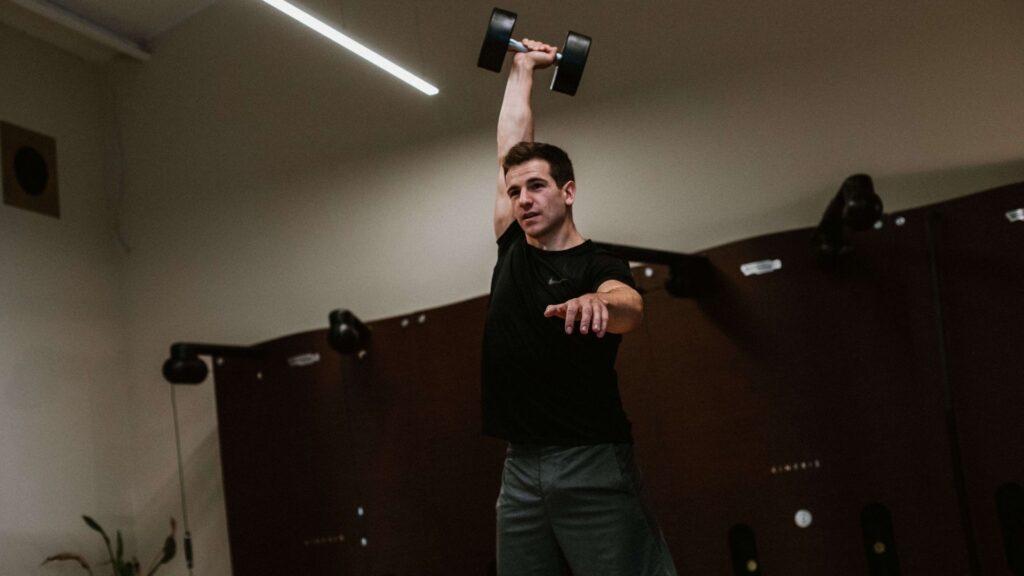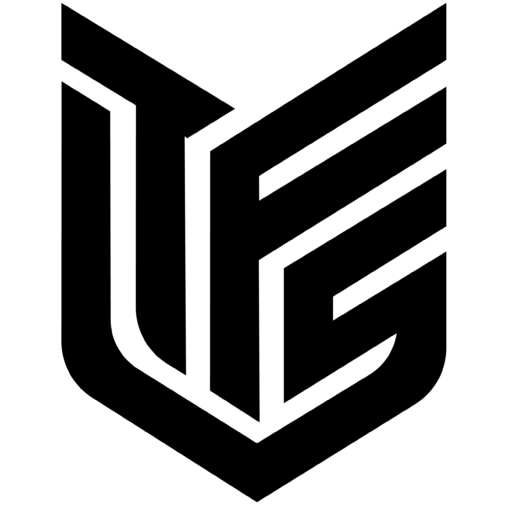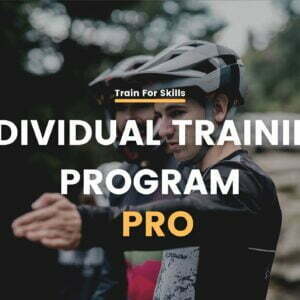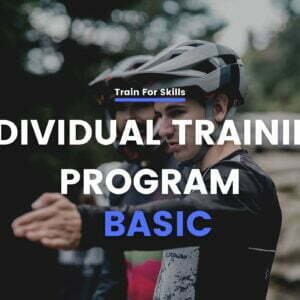Training periodization part I – the annual training plan
The term “periodization” comes from the Latin word periodus meaning a period of time. In other words, it is a conventional division of a time continuum into specific periods of time, e.g. into eras, epochs, periods, phases, etc. In training methodology, periodization includes both periodization of an annual training plan and periodization of motor skills.
The use of periodization
- Periodization of the annual training plan refers to the division of the program into units (phases) in order to better manage the training and the physiological adaptation process. Training periodization is particularly important for athletes and coaches for the following reasons:
- it helps to design a rationally structured training program
- it increases our awareness of the time available in each training phase
- Periodization integrates at the right time the load of technical training, the load related to the development of motoric abilities (strength, endurance, power, etc.), nutrition and supplementation and psychological techniques in order to maximize the athlete’s performance
- allows you to manage fatigue and plan high-intensity units or recovery at the right time
- helps to rationally plan for variations in training volume and intensity and therefore maximize adaptation and performance whilst avoiding fatigue accumulation and overtraining
- Periodization of motor skills allows the athlete to develop his/her strength, speed and endurance to an optimal level that forms the basis for further athletic development. This form of periodization is based on the following assumptions:
- Improvements in athletic ability are based (especially at a high level) on increases in the athlete’s motor skills
- Neurophysiological adaptations (positive changes in body structure and function) take time to manifest
- The development of motor skills and the improvement of technical and tactical skills requires a progressive approach, which means a gradual increase in training intensity based on previously achieved adaptations
- An athlete cannot maintain peak form for a long or indefinite period of time
- Training periodisation and unit planning can be based on movement patterns

Planning, programming and periodization
The terms planning, programming and periodization are often used synonymously, but they are not. Planning means organizing training time into shorter and longer periods of time according to the training goal. Programming is the act of filling a planned structure with content in the form of tools (exercises) and training variables (intensity, volume, W:R ratio). Periodization, on the other hand, combines planning and programming – in other words, the structure of the plan and its content (exercises and training methods) while these change over time.
The training periodization of a yearly plan can be defined as the structure of the training process, while the periodization of motor skills can be defined as the content of that plan. So whenever we divide the year into training phases and establish a sequence for the development of each ability, then we are creating a periodized training plan.
Does this apply to my sport?
Some may say that periodization looks good only in theory, because when it applies to individual sports with a long preparation period, a medium competition period and a short transition phase there is nothing complicated. Below I present an example of just such a plan.

What about team sports where there is more than one preparation period and one competition period?
The truth is that we can design a periodized plan for as many periods of starts and preparations as we want. Instead of 1 preparation and start period, we can plan 3 preparation and start phases. Everything lies then in the competence of the coach, to wisely choose and determine the length of each period. In such a case also comes the ability to monitor training, because as needed the coach can decide to lengthen or shorten any of the training phases.
Macrocycles and microcycles
When talking about the periodization of the annual training plan, one cannot ignore such concepts as macrocycle, mesocycle and microcycle. The main pioneers of periodization who describe these concepts in detail are Tudor Bompa and Leonid Matveyev. It is worth mentioning that depending on the literature, one may come across different concepts of training cycles. Nevertheless, to understand it better we need to clarify the basic concepts:
- Annual plan (annual macrocycle according to Matveyev) – division of the annual plan into phases, subphases, macrocycles and microcycles in order to better manage the training process. The annual plan is characterized by the number of competition phases and on this basis we can talk about a mono-cycle (1 competition phase), bi-cycle (2 competition phases) and tri-cycle (3 competition phases)
- Phases (macro-cycle according to Matveyev) – the three main phases are: preparatory phase, competition phase and transition phase
- Subphases – a more detailed division of the phases including: general and special preparation phase, pre-competition and competition phase and transition phase (see table above). A subphase consists of a group of macrocycles with the same training characteristics, which can last from 1 week (short transition phase) to 24 weeks (long general preparation phase)
- Macrocycle (mesocycle according to Matveyev) – the macrocycle is a group of microcycles with the same training characteristics, the length of which may vary from 2 weeks (period of tapering before the competition) to 6 weeks (period of general preparation), but usually lasts 3-4 weeks
- Microcycle – is a cyclic sequence of specific training units corresponding to the characteristics of a given training phase. The length of the microcycle can vary from 5 to 14 days, but 7-day periods are most common
- Training Unit – a single training session with breaks of no more than 45 min.
The Annual Plan, its phases and sub phases are used for training planning and the macro cycle, micro cycle and single training unit are used for training programming.
Planning and programming is usually done starting with the long term tools (phases and subphases) and moving to the shorter term tools (training unit).
Periodisation of motor skills
The goal of motor training is to improve athlete performance through neurophysiological changes in body structure and function. The most important aspect of physical ability training is progressive loading. Even if an athlete is genetically predisposed to be strong and fast, the expression of these abilities requires training. It is also important to determine the level of “trainability” of a given motor ability. For example, in a pure endurance sport such as marathon running, the vast majority of attention in a yearly training plan should be focused on specific training, i.e. aerobic endurance training. On the other hand, speed and power sports also require a focus on general elements (such as strength and how it is expressed).
The 4 elements that differentiate each planning and programming methodology in relation to periodization, strength, speed and endurance are:
- Integration of motor abilities – each ability has different developmental dynamics and it is important to consider how each will affect each other e.g. strength to endurance, endurance to speed etc.
- Development of motor abilities over the course of an annual plan – how we will manipulate the intensity, volume, and methods of developing each ability in each training phase. For example, we might develop strength through the following phases: anatomical adaptation, maximal strength, conversion to power, maintenance, competition… etc.
- The level of specificity of the training methods used – this can be done in two ways: develop general and specific abilities in parallel (comprehensive approach) or starting with general methods gradually move to more specific ones (sequential method)
- Load progression – in other words the manipulation of training intensity and volume over the course of a unit, micro and macro training cycle. We can distinguish between 3 basic methods of load progression: the linear method, the coupled method and the waveform method.
The importance of the individual training phases
1. The preparation phase
In many sports, the preparation phase focuses on the following goals:
- acquisition and refinement of general training ability
- development of basic (general/low specificity) motor skills
- strengthening connective tissue, tendons and ligaments
- improving muscular endurance
- increase in general strength level
- development of aerobic capacity
- development of appropriate mental abilities
- developing and improving technique
- improving work capacity
- progressive increase of the load and the introduction of specific training methods the closer to the competition phase
2. Competition phase
Some of the main tasks of the competition phase (starts and competitions):
- maintaining high resistance to fatigue
- minimize the predisposition to injury as much as possible
- maintaining the highest possible values of strength, power and endurance (appropriate to the discipline)
- support technical and tactical training in order to maximize sports skills
- introducing specific methods in the development of motor skills
- ensuring the highest possible level of regeneration after the competition through regeneration techniques, nutrition, hydration and appropriate supplementation
- maintain mental health through rest, relaxation and contact with loved ones*.
3. The transition phase
The transition phase is designed to:
- ensuring rest and full regeneration of the athlete’s body after the competition phase
- lowering the mental load (introduction of a looser training structure and lack of starts)
- reducing the physical workload (lower intensity and training volume)
- decreasing the number of specific workouts and replacing them with general development tasks often unrelated to the target sport discipline
- In future articles, I will describe each training phase in detail and try to provide specific training methods that can be used in an annual training plan.
References:
- T. Bompa, C. Buzzichelli (2015), Periodization Training For Sports, Human Kinetics
- D. Joyce, D. Lewindon (2014), High-Performance Training For Sports
- J. Górski (2019), Physiology of effort and physical training, PZWL, Warsaw




